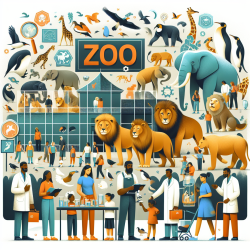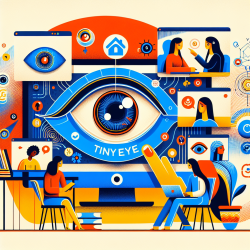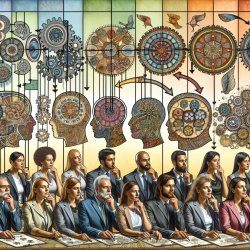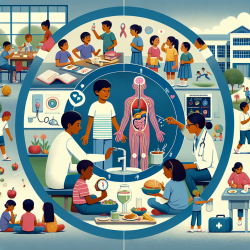The Role of Zoos in Conservation and Education
Zoos have long been a subject of debate, with opinions ranging from viewing them as vital conservation entities to seeing them as mere entertainment venues. However, the research article "Rationale for the Existence of Zoos" provides a comprehensive insight into the multifaceted roles that modern zoos play in society today. This blog explores how practitioners can leverage these insights to enhance their skills and contribute to the broader goals of conservation and education.
Conservation Efforts: More Than Just a Display
One of the primary roles of zoos is to act as conservation centers. They are tasked with maintaining genetically diverse animal populations and participating in field studies that contribute to larger conservation efforts. For practitioners, understanding these roles can be crucial in aligning their work with the zoo's mission of wildlife conservation. By engaging in conservation research, practitioners can help save small fragmented wild populations and contribute to global biodiversity efforts.
Education: A Core Mission
Education is a predominant theme in the mission statements of most zoos. Despite this, there is often a gap between the stated mission and the actual educational content delivered. Practitioners can bridge this gap by focusing on biological conservation education, which aims to develop lifelong knowledge and skills for conservation action. By designing educational programs that emphasize the interconnectedness of ecosystems and human impact, practitioners can foster a deeper understanding and commitment to conservation among zoo visitors.
Community Engagement and Influence
Zoos are uniquely positioned within urban settings, providing them with the opportunity to influence public attitudes and government policy regarding conservation. Practitioners can play a pivotal role in these efforts by developing programs that engage the community in conservation activities. Initiatives like citizen science projects and conservation mentorships can empower individuals to become active participants in conservation efforts, extending the zoo's impact beyond its physical boundaries.
Research: A Collaborative Endeavor
Research is an essential component of modern zoological institutions. By collaborating with universities and research bodies, zoos can advance scientific understanding and contribute to conservation strategies. Practitioners can enhance their skills by participating in research projects that explore animal behavior, health, and the effects of climate change. These efforts not only benefit the animals in the zoo's care but also provide valuable insights into the conservation of wild populations.
Recreation: Balancing Fun and Education
While zoos are often seen as places of entertainment, they also serve as important educational platforms. Practitioners can leverage the recreational aspect of zoos to deliver conservation messages in engaging and memorable ways. By creating interactive exhibits and programs that captivate visitors, practitioners can enhance the educational experience and inspire a lasting commitment to conservation.
Conclusion: The Future of Zoos
As zoos continue to evolve, their roles in conservation, education, and community engagement become increasingly important. Practitioners have the opportunity to contribute to these efforts by implementing the insights gained from research and developing innovative programs that align with the zoo's mission. By doing so, they can help shape the future of zoos as vital conservation entities and educational resources.
To read the original research paper, please follow this link: Rationale for the Existence of Zoos.










